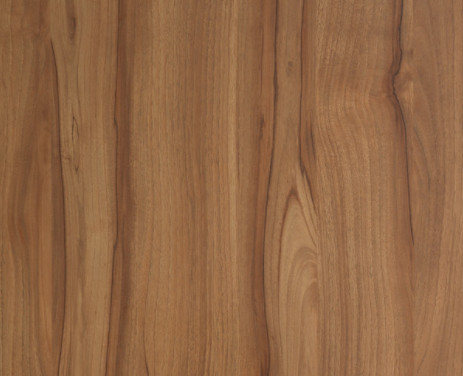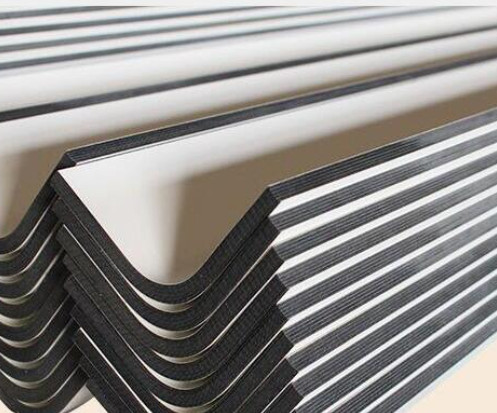formica hpl laminate cutting basis.
Cutting composite materials is particularly difficult when compared to cutting wood, metal or other more traditional construction materials. There are many reasons for this, but there are three main factors that influence tool selection when cutting formica hpl laminate.
First, because of the abrasive nature of carbon and glass fibers, tools with conventional cutting edges can dull quickly, effectively shortening tool life. In addition to rapidly wearing tools, cutting composites with dull tools increases the likelihood of damaging the material and also increases the severity of overheating, which is the second factor to consider.

Composites usually do not transfer heat very well. Unlike metal fragments, resin and cutting fibers give off relatively little heat, and overheating can melt the resin or dull the tool prematurely. When the resin melts, it can also clog the cutting tool or damage the surface of the part. In severe cases, enough heat may build up near the edges of the formica hpl laminate to destroy the structural integrity of the part.
Finally, composite materials will delaminate when cut. Delamination can range from smaller edge nicks (burrs and fibers showing up on poorly drilled/trimmed edges) to major stress fractures (due to poor bonding between the resin and reinforcement).
Each of these factors affects tool selection and influences how the composite is cut. Although there are several methods available (including 5-axis CNC machines, waterjets and laser knives), most fabricators will use basic rotary tools or straight blades for cutting.
Before starting to cut, it should be noted that although carbon and fiberglass dust is non-toxic, it can be slightly irritating to the skin, eyes and lungs. A dust mask and goggles are highly recommended to minimize itching or irritation, especially when cutting or sanding extensively. Edges can be very sharp, so gloves are also critical to avoid cuts and lacerations.
1. Cutting with a rotary tool
Rotary tools are the most widely used method for cutting formica hpl laminate. Whether cutting carbon fiber panels or fiberglass hulls, rotary tools can usually be used. Rotary cutting tools range from small handheld rotary tools such as Dremel or pneumatic rotary tools to router planers and even angle grinders. Rotary tools are used to cut and finish all types of materials. They are portable, versatile, easy to use, and cut quickly and smoothly. When using a rotary tool to cut a tube or bar, it is recommended that the cut be made from top to bottom.
Even if you have a rotary tool, you may need special accessories to cut composite materials. Since most common bits and blades are not specifically designed to cut composites, they are likely to wear prematurely and fray or chip along the edges of the laminate. They may also become clogged with resin, for example, and a wheel made of diamond or tungsten carbide or an abrasive wheel-type cutoff wheel allows the tool to hold its edge. Diamond is the hardest natural material and is therefore often used in cutting tools.
Rotary tools are easy to use, relatively inexpensive, allow for small, precise cuts, and require little grinding when using the proper blade or tool. They do, however, produce dust and more heat. They are also difficult to cut square because they are handheld and may skip along the surface, which can cause damage.

2. Cutting
formica hpl laminate with a blade
Manufacturers also use straight blades to cut composites. Straight blades use a back-and-forth approach and range from hand-held priming saws and hacksaws to saber saws and jigsaws. The back and forth motion of a straight blade usually results in more edge damage than a rotary tool. However, since there is not much cutting force, it can be minimized by using a hand tool.
Blade selection is critical to using this method. Most inserts have a "toothed" cutting edge. Tooth patterns wear quickly when subjected to abrasive fibers and generate heat when cutting most laminates. They also cause extreme edge damage, especially when using coarse-toothed (wood) blades. Fine-tooth (metal) blades cause less edge damage than coarse-toothed blades, but they also wear quickly and can become clogged with resin. Tungsten carbide grit type blades do the least damage to the edge, last longer and cut faster. Curve and saber saws have a very fast reciprocating motion that allows the laminate to have a straight or curved line. Due to the short stroke, they are best suited for use on flat surfaces or small diameter tubes and bars.
When using straight blades, very small cuts can be made with low-cost hand tools. Electric jigsaws or saber saws increase cutting speed over rotary tools. However, the back and forth motion of a straight blade causes more edge damage than a rotary tool. Because of this potential damage, it is recommended to never use the intended finishing line and to use a sandpaper block or file to pull back the edge.


 Related Products
Related Products Related News
Related News
View More(Total0)Comment Lists